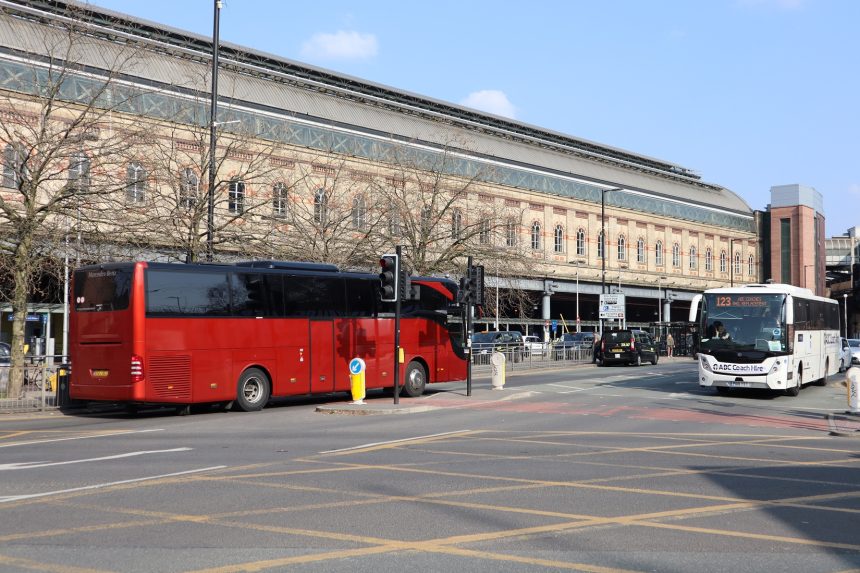Work smarter, not harder: Seldom an adage that applies to the human side of the coach and bus industry, where its members already work both smart and hard. But the act of doing so is not unique to people, and there is strong evidence that it is increasingly applied to vehicle utilisation, not just in bus but now particularly in the coach sector.
Coaching still has its seasonal aspects. One medium-sized operator in Scotland with a good basket of work advises that it already has no scope to take on more tour duties in June, and that its ability to do ‘day hire’ then is also limited.
Such a position is nothing new. A purple patch from April is a coach industry tradition. But feedback increasingly suggests that the spring and summer peak is less pronounced; not because business then has tailed off, but more than it has bulked up at other times.
Clear is that financial scope to work relatively new coaches for six months per year and then lay them up for the same period has dropped, if not departed entirely. But the golden Wahl days of the 1980s, when fleets of premium metal spent the autumn and winter slumbering, have gone.
Sitting close to that is evidence of some operators having trimmed their fleets slightly, cutting slack in the winter and maximising rates during the traditional busy season.
An operator in South East England has done just that; it notes that while overheads have dropped as a result, revenue has remained much the same as it can leverage demand come spring and summer, and coach utilisation has increased. It has two new vehicles on order for March, and reports that 2023 was its strongest year in memory.
Arguably, the smallest coach operators have long adopted the smart and hard strategy by default. A compact business is more able to pick and choose what it does while keeping its outgoings firmly under control.
There are obvious exceptions to the worked hard and put away wet approach to assets. Some businesses are in a position where vehicles more than earn their keep on the relatively gentle usage cycles that often come from niche work. If that works, why change it? More miles come with more fuel usage, after all.
But the leaner coach industry of post-2020 has shown that in its rebuilt form, it is nobody’s fool. Working assets smart and hard is a recipe for that to continue.



























